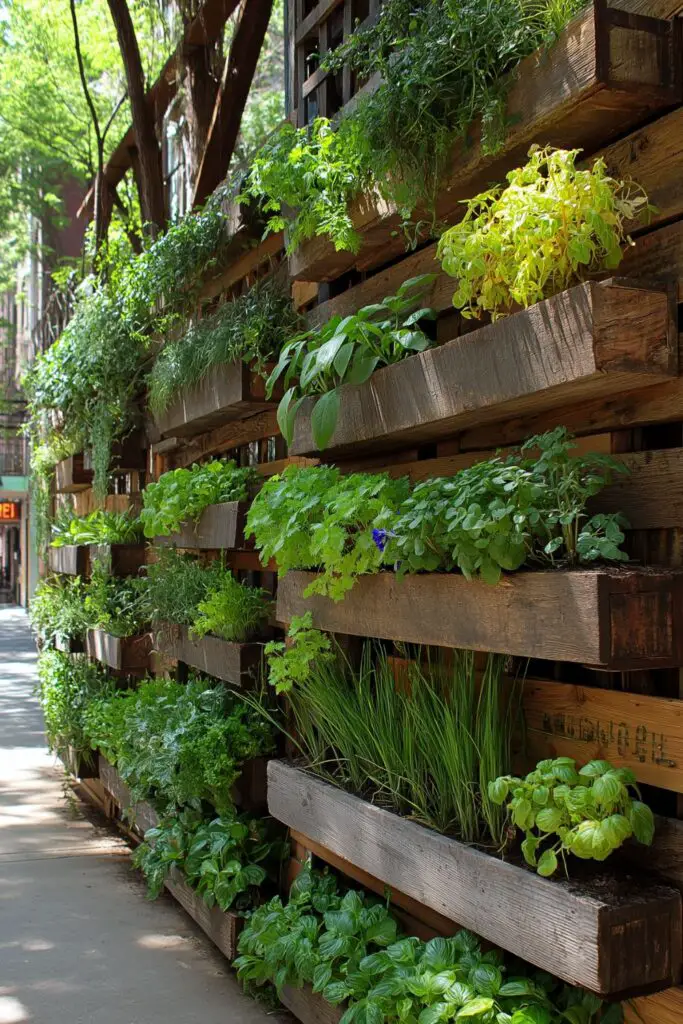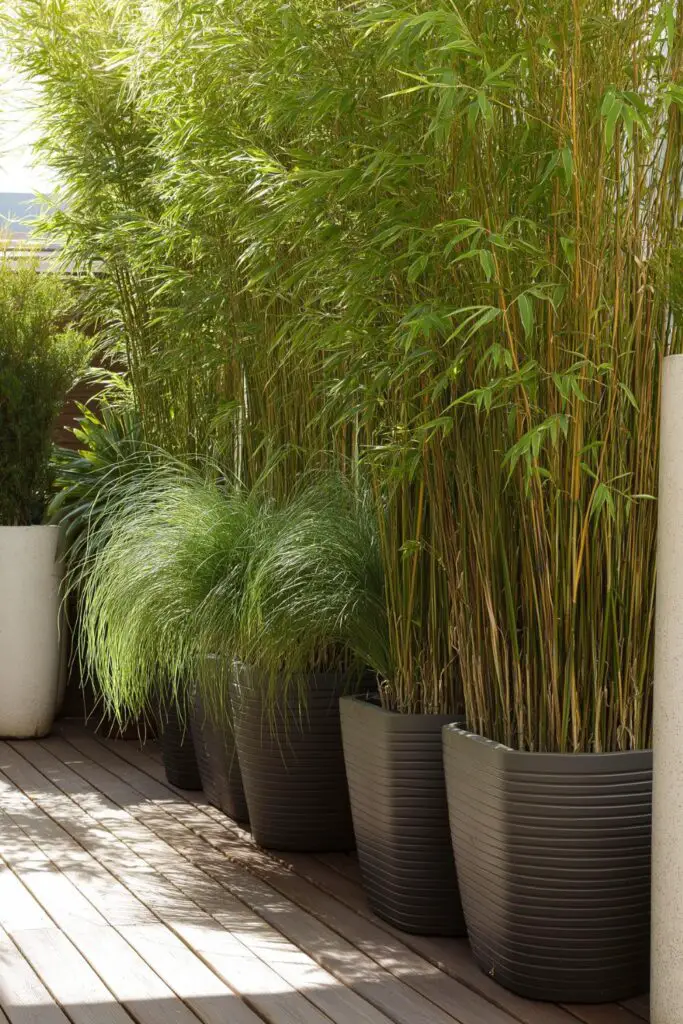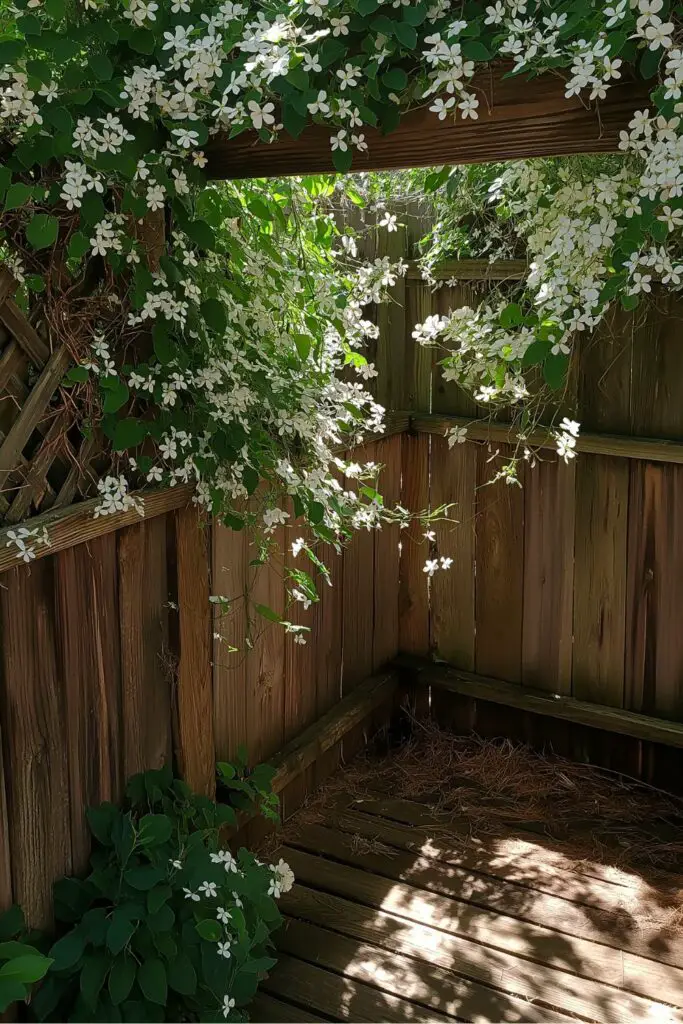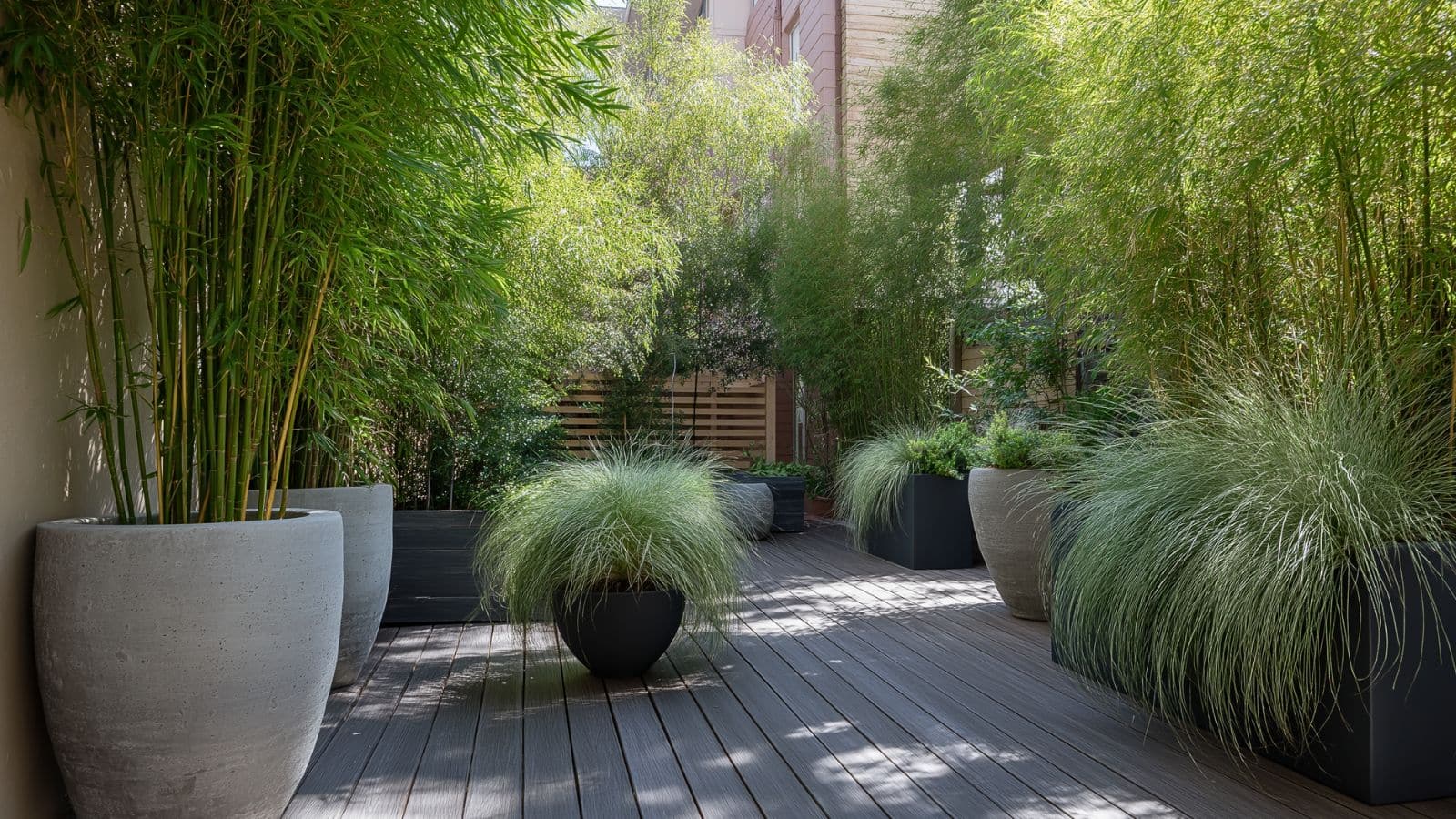Creative DIY Privacy Fence Ideas on a Budget Using Plants for a Stylish Outdoor Sanctuary
Table of Contents
Tired of feeling like your backyard is on display? You’re not alone. According to a recent survey by the National Association of Realtors, nearly 60% of homeowners cite privacy as a top priority when designing outdoor spaces. But installing a traditional fence can be expensive—and often lacks the charm and character that makes a backyard feel truly personal.
Here’s the good news: you don’t need a hefty budget or professional contractors to create a beautiful, private outdoor retreat. By combining plants with DIY fencing techniques, you can craft an inviting and secluded space that also enhances curb appeal and adds value to your home.
In this post, we’ll explore creative DIY privacy fence ideas that are both cost-effective and plant-friendly. From vertical garden walls to upcycled trellises and container-grown barriers, these ideas are designed to be approachable, stylish, and budget-conscious. Whether you have a small balcony, suburban backyard, or expansive garden, these plant-based solutions help define your space while embracing nature.
Let’s dig into the most inspiring ways to build a natural, budget-friendly fence that doesn’t sacrifice beauty for privacy.
Use Potted Plants to Form a Living Wall

If you’re renting, short on space, or just want flexibility, creating a privacy fence with potted plants is a smart and stylish option. This mobile method allows you to rearrange or update your fence as needed, making it perfect for patios, decks, and balconies.
Choose tall, bushy plants such as bamboo, arborvitae, or ornamental grasses. Arrange pots in a row to create a dense, green barrier. For added height and visual interest, use raised planter boxes, tiered shelves, or wall-mounted brackets. Grouping various textures and shades of green can transform a plain wall into a lush garden feature.
Plus, potted plants give you the freedom to swap out species by season, try new container styles, and add floral accents when desired.
Living Wall Setup Overview
| Element | Description |
|---|---|
| Plant Type | Bamboo, boxwood, tall grasses |
| Container | Matching pots, trough planters, raised beds |
| Arrangement | Linear, staggered, or tiered for depth |
| Benefits | Portable, seasonal flexibility, renter-friendly |
Potted plant fences are low-commitment but high impact—perfect for evolving spaces or budget-focused outdoor refreshes.
Repurpose Pallets into a Vertical Plant Fence

Wood pallets are a DIY favorite—and for good reason. They’re easy to find, free or cheap, and full of potential. One of the most creative ways to use them is by transforming them into a vertical privacy fence that doubles as a plant wall.
Simply stand pallets upright and secure them to posts or a simple frame. Fill the slats with soil or attach planter boxes for a rustic, layered look. Herbs, succulents, and trailing vines all thrive in this type of structure.
This solution is ideal for small yards or side patios where space is tight but privacy is still desired. The vertical layout draws the eye upward, making even a tiny outdoor space feel more designed and purposeful.
Pallet Fence Project Breakdown
| Step | Task |
|---|---|
| 1 | Source heat-treated, clean wood pallets |
| 2 | Sand and stain for durability and style |
| 3 | Stand vertically and secure to supports |
| 4 | Add planter boxes, soil pockets, or climbing vines |
| 5 | Water regularly and prune to maintain form |
With minimal cost and a little effort, pallets become a living structure that’s both practical and artistic.
Create a Trellis Screen with Climbing Vines

A trellis is one of the most classic and affordable ways to build a green privacy screen. By training fast-growing vines like clematis, honeysuckle, or jasmine over a trellis, you can create a soft, fragrant barrier that feels more like a garden feature than a fence.
You can install a freestanding trellis panel, build one from wood and wire, or even use a premade metal design. Depending on your plant choice, the coverage can develop quickly—some vines grow several feet in a single season.
This is especially effective for separating garden zones, concealing utility areas, or creating a secluded reading nook.
Trellis and Vine Pairing Guide
| Trellis Style | Best Vines |
|---|---|
| Wooden Lattice | Clematis, morning glory |
| Wire Mesh | Peas, sweet peas, passionflower |
| Metal Frame | Trumpet vine, bougainvillea |
| Bamboo Screen | Jasmine, climbing roses |
Position your trellis where it will receive adequate sunlight, and add hooks or ties to guide young vines as they grow.
Use Hedges as a Long-Term Green Fence

Hedges are the traditionalists’ answer to privacy—and with good reason. A well-placed row of evergreen shrubs provides year-round seclusion, wind protection, and aesthetic cohesion. Best of all, once established, hedges require less maintenance than fences or structures.
Common budget-friendly choices include privet, boxwood, and laurel. Plant them close together in a straight line and prune regularly to encourage density. If you’re working with limited space, dwarf varieties are available for container growing.
While slower to establish, hedges are an investment in your landscape’s long-term beauty and privacy.
Hedge Planting Basics
| Hedge Type | Growth Rate | Height Potential |
|---|---|---|
| Privet | Fast | 6–10 ft |
| Boxwood | Moderate | 3–6 ft |
| Leyland Cypress | Very fast | Up to 20 ft |
| Viburnum | Moderate | 4–12 ft |
For immediate effect, purchase larger nursery plants. Add mulch and irrigation to support early growth.
Expand with a DIY Lattice Fence and Potted Climbers
Combining lattice fencing with potted climbers gives you the structure of a traditional fence and the softness of greenery. This hybrid idea is both budget-friendly and ideal for transitional spaces like patios, decks, and narrow side yards.
Build or purchase a lattice fence panel and place it where privacy is needed. Then, place potted climbing plants like black-eyed Susan vine, ivy, or sweet pea directly at the base. As the plants grow, they’ll naturally weave through the lattice, adding color and texture.
Paint the lattice white or charcoal for contrast, or leave it natural for a rustic feel. The setup is easy to move and scale, making it perfect for experimenting with layout.
DIY Lattice and Planter Combo
| Component | Details |
|---|---|
| Lattice Panel | Wood or vinyl, 6×3 or 8×4 sizes |
| Potted Vines | Choose quick growers like sweet pea or mandevilla |
| Placement | Corner of patio, deck edge, side of garage |
| Accessories | Hooks, fairy lights, solar lanterns for ambiance |
This fusion of structure and greenery elevates even the simplest outdoor space.
Design a Privacy Fence Using Raised Planters
Raised planters are a practical way to create privacy while adding growing space for herbs, veggies, or flowers. By stacking or aligning raised beds strategically, you can form a green wall that serves multiple functions: screening views, growing food, and beautifying your outdoor zone.
Building a Raised Planter Fence
Use wooden or metal raised beds, either freestanding or attached to a frame. For extra height, add trellises or stakes to the back and train climbing plants like pole beans or tomatoes. This is especially useful for urban gardens or narrow side yards where fencing isn’t an option.
Raised Planter Privacy Fence Setup
| Feature | Benefit |
|---|---|
| Planter Box | Growing space for food or flowers |
| Height Boost | Attach lattice or poles for climbing plants |
| Compact Footprint | Ideal for small yards and patios |
| Movable Options | Use wheels or casters for flexible layout |
You can build a modular system with stacked planters at different heights to create visual rhythm and airflow. Consider staining the wood for style or painting it to match your home’s color scheme.
This option not only provides privacy but also promotes self-sufficiency and garden creativity—especially great for eco-conscious homeowners.
Combine Budget Fencing with Hanging Plants
Sometimes the best privacy solutions come from creative layering. Combining an inexpensive fence—like reed panels or roll-out bamboo—with hanging plants adds privacy from all angles while softening the look.
Start with an affordable screen or fence panel, which you can find at most home improvement stores. Then add hooks, wall brackets, or a simple beam to hang baskets filled with trailing plants like pothos, ivy, or petunias. You can also hang planters at different heights to create a cascade of color and texture.
This vertical layering creates a dimensional look that’s ideal for patios or balconies that need visual privacy without fully closing off the space.
Budget Fence + Hanging Garden Combo
| Element | Description |
|---|---|
| Base Fence | Bamboo rolls, reed screen, budget panel fencing |
| Hanging Plants | Ferns, trailing petunias, spider plants |
| Mounting System | Hooks, beams, shelves, hanging rails |
| Aesthetic Perks | Adds greenery and charm to otherwise plain fencing |
With the right plant mix, this option becomes an immersive mini-jungle—perfect for relaxing summer evenings.
Conclusion
Privacy doesn’t have to come at the cost of beauty—or your budget. With a little creativity, some green inspiration, and basic materials, you can transform your outdoor space into a secluded sanctuary that’s as functional as it is inviting.
Whether you opt for raised planters, potted screens, trellised vines, or a pallet wall, each DIY privacy fence idea in this guide offers a fresh, affordable approach to outdoor design. Best of all, by incorporating plants into your solution, you’re not just creating boundaries—you’re building life, texture, and personality into your space.
With the right plan and a few weekends of hands-on work, your backyard can become the perfect mix of privacy, beauty, and botanical joy.

